Indigo Seed Planting Guide: When To Sow Indigo Seeds
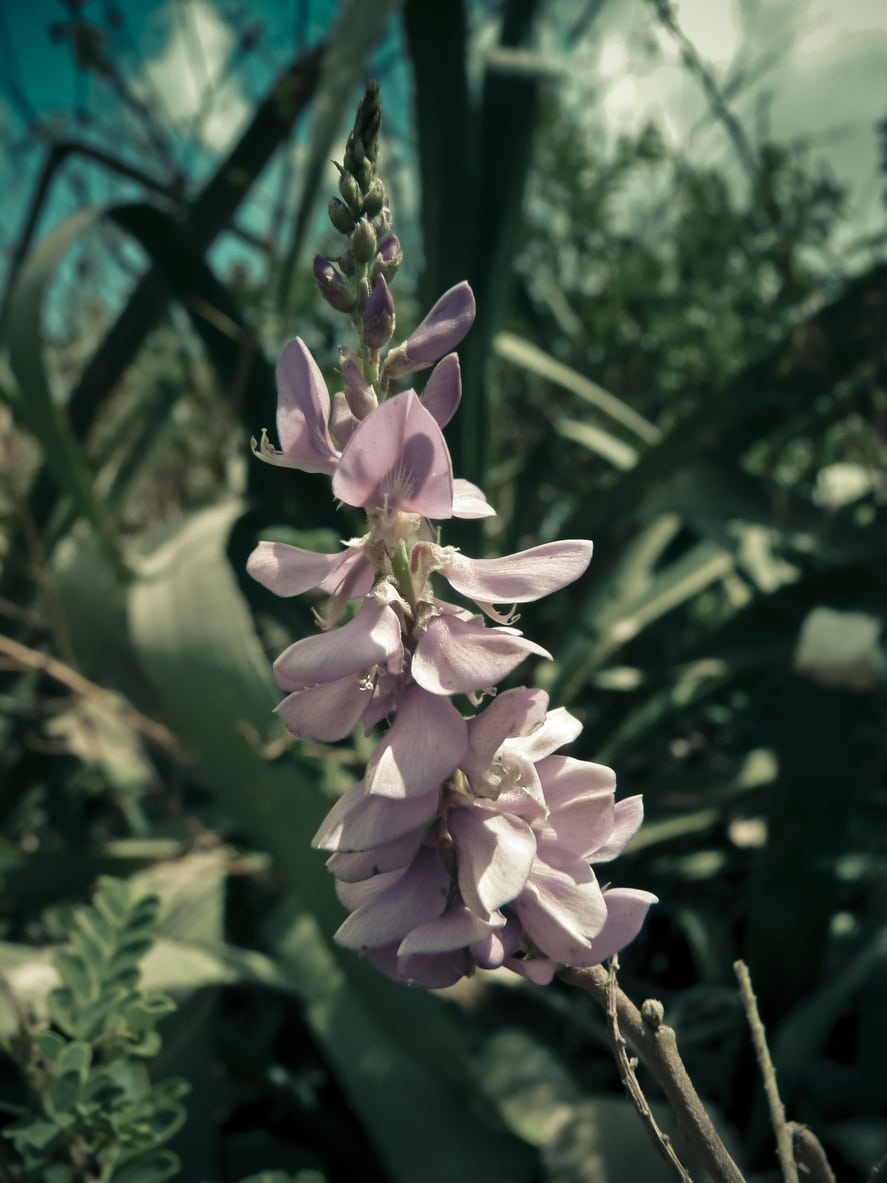

The indigo plant has been used for thousands of years to produce the beautiful color of the same name. The leaves can dye cloth a rich bluish-purple. True indigo is Indigofera tinctoria and it can be grown successfully by seed for a pretty flowering shrub or to provide you with leaves to make a natural blue dye.
How to Plant Indigo Seeds
Indigo is a member of the legume family, so if you grow it in your garden you get the added benefit of adding more nitrogen to the soil. The shrubby plant will grow up to six feet (2 m.) tall and produce pretty pink to blue flowers. Whether it grows as an annual or perennial depends on the climate. It does best in zones 9 and warmer, but in colder climates, it will grow as an annual. Growing indigo from seed is not difficult, but it does require warmth. If you are not in a warm climate, you will need a greenhouse; a warm, sunny windowsill; or even a heated propagator for the best results. Start your indigo seed propagation by soaking the seeds in water overnight. Plant the seeds in individual pots, three to four inches (7.5 to 10 cm.) across. The roots don’t like to be disturbed, so starting them in bigger pots instead of trays means you need not disrupt them as often. Repot the seedlings once or twice, ultimately using a 2.5-gallon (10 L.) pot for the final planting, unless they will be planted directly outdoors. Be sure to give your growing indigo plants regular feedings, as they need a decent amount of fertilizer. They also need humidity, so spray them regularly.
When to Sow Indigo Seeds
As long as you have sufficient warmth for the seeds, indigo seed planting should be done as early in the season as possible. This gives you a longer growing season and adequate time for it to develop leaves if you want to make dye. Sow the seeds any time between early February and about mid-April. If you will be growing the indigo for dye and you want to keep the plant growing as a perennial, be sure to harvest only half of the leaves per season. The right time to harvest indigo leaves is just ahead of the flower's opening.
Gardening tips, videos, info and more delivered right to your inbox!
Sign up for the Gardening Know How newsletter today and receive a free copy of our e-book "How to Grow Delicious Tomatoes".

Mary Ellen Ellis has been gardening for over 20 years. With degrees in Chemistry and Biology, Mary Ellen's specialties are flowers, native plants, and herbs.
-
 Try The Trend – Turn Any Bed Into A Keyhole Garden With This Clever In-Ground Composter
Try The Trend – Turn Any Bed Into A Keyhole Garden With This Clever In-Ground ComposterKeyhole gardening is an efficient and sustainable practice that saves space. Get started on this DIY project quickly and easily with an in-ground composter.
By Bonnie L. Grant
-
 4 Superfast Composting Methods: Turn Waste Into Garden Gold In 30 Days Or Less
4 Superfast Composting Methods: Turn Waste Into Garden Gold In 30 Days Or LessTry the fastest composting methods to turbocharge your pile and transform kitchen scraps and garden waste into finished compost in just a few weeks.
By Mary Ellen Ellis
-
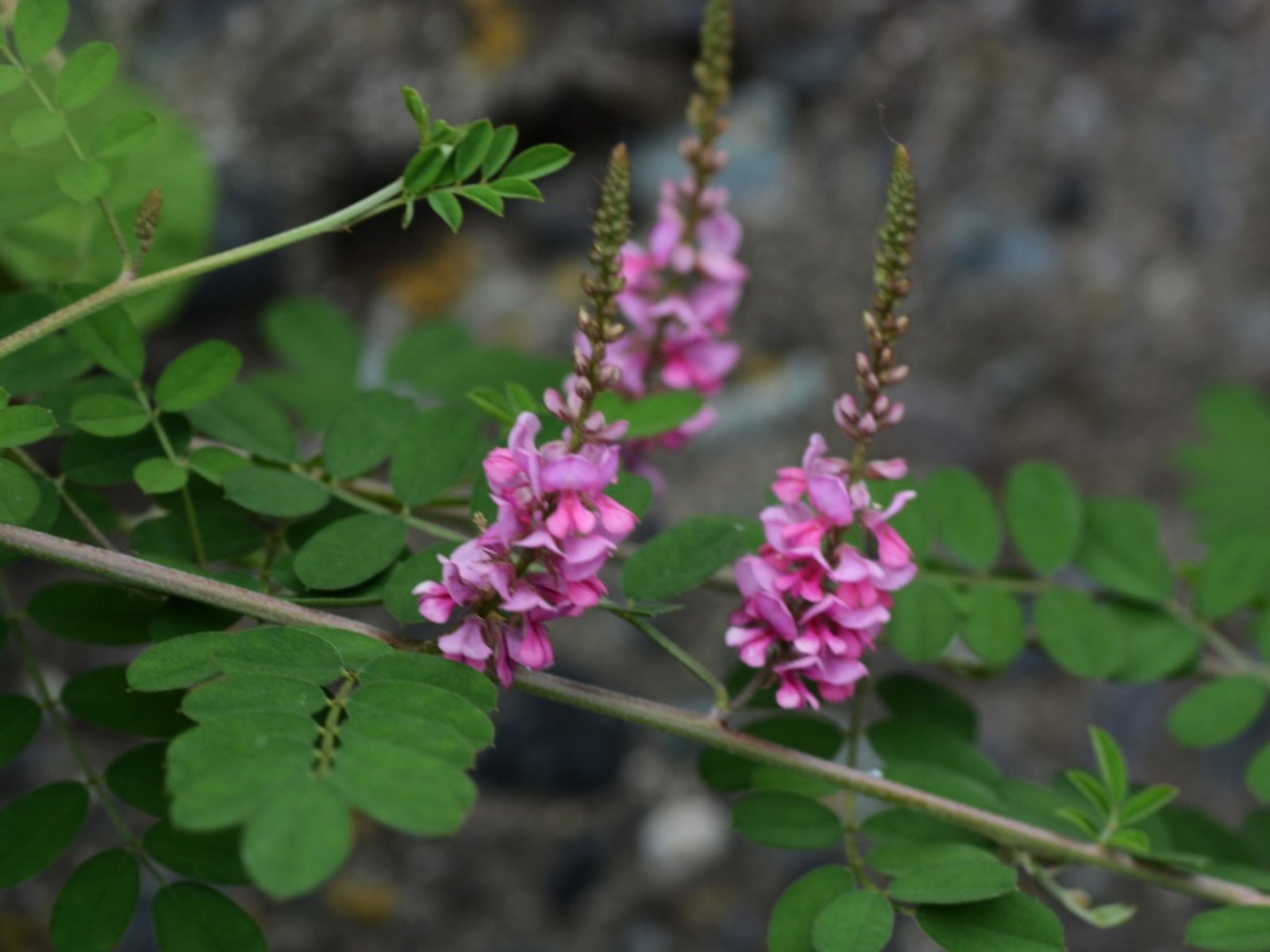 What Is True Indigo – Tinctoria Indigo Info And Care
What Is True Indigo – Tinctoria Indigo Info And CareIndigofera tinctoria, often called true indigo or simply just indigo, is probably the most famous and widespread dye plant in the world. It’s a wonderfully useful plant, however, and very much worth growing for the adventurous gardener and home dyer. Learn more here.
By Liz Baessler
-
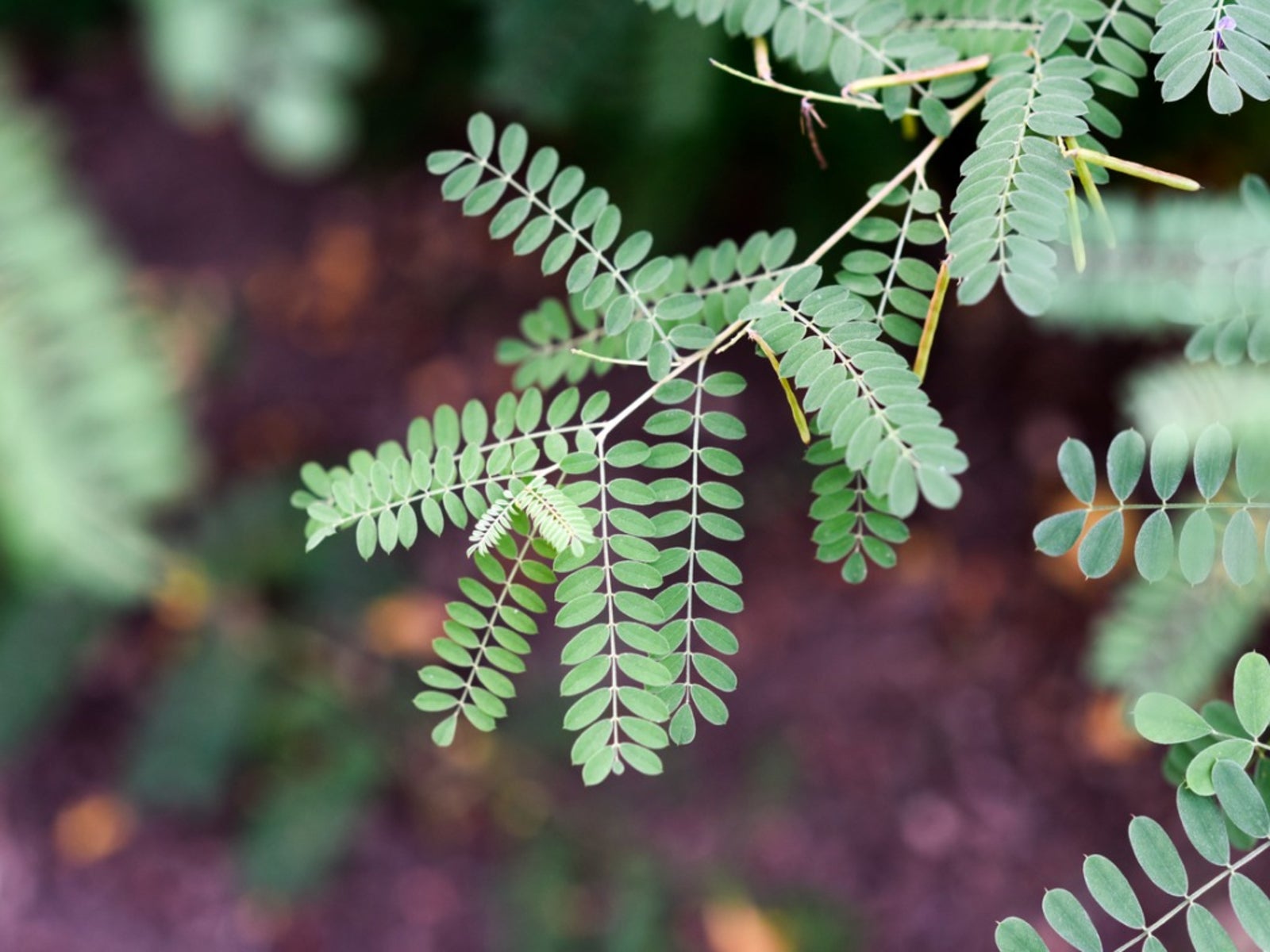 Indigo Plant Harvest – Tips On Picking Indigo For Dye
Indigo Plant Harvest – Tips On Picking Indigo For DyeAlthough the popularity of the natural dye stalled when a synthetic dye was developed, picking indigo for dye is making a comeback. If you want to learn how to harvest indigo to make your own dye, click here. We’ll tell you how and when to pick indigo plants.
By Teo Spengler
-
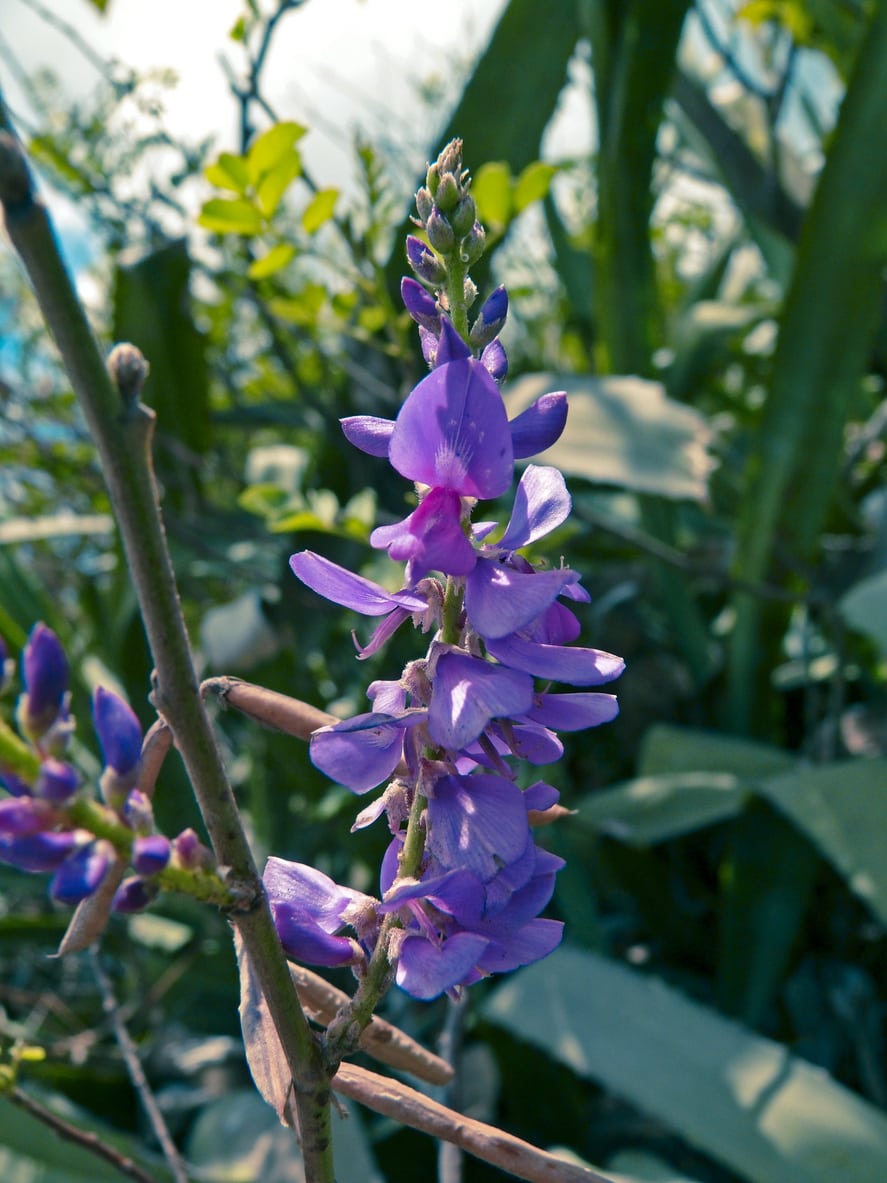 Indigo Plant Varieties: Learn About Different Indigo Plants
Indigo Plant Varieties: Learn About Different Indigo PlantsThe popular color “indigo” is named after several plants in the genus Indigofera famous for the natural blue obtained from the plant leaves. Some varieties are used medicinally, while others are beautiful and ornamental. Learn about different indigo plants here.
By Teo Spengler
-
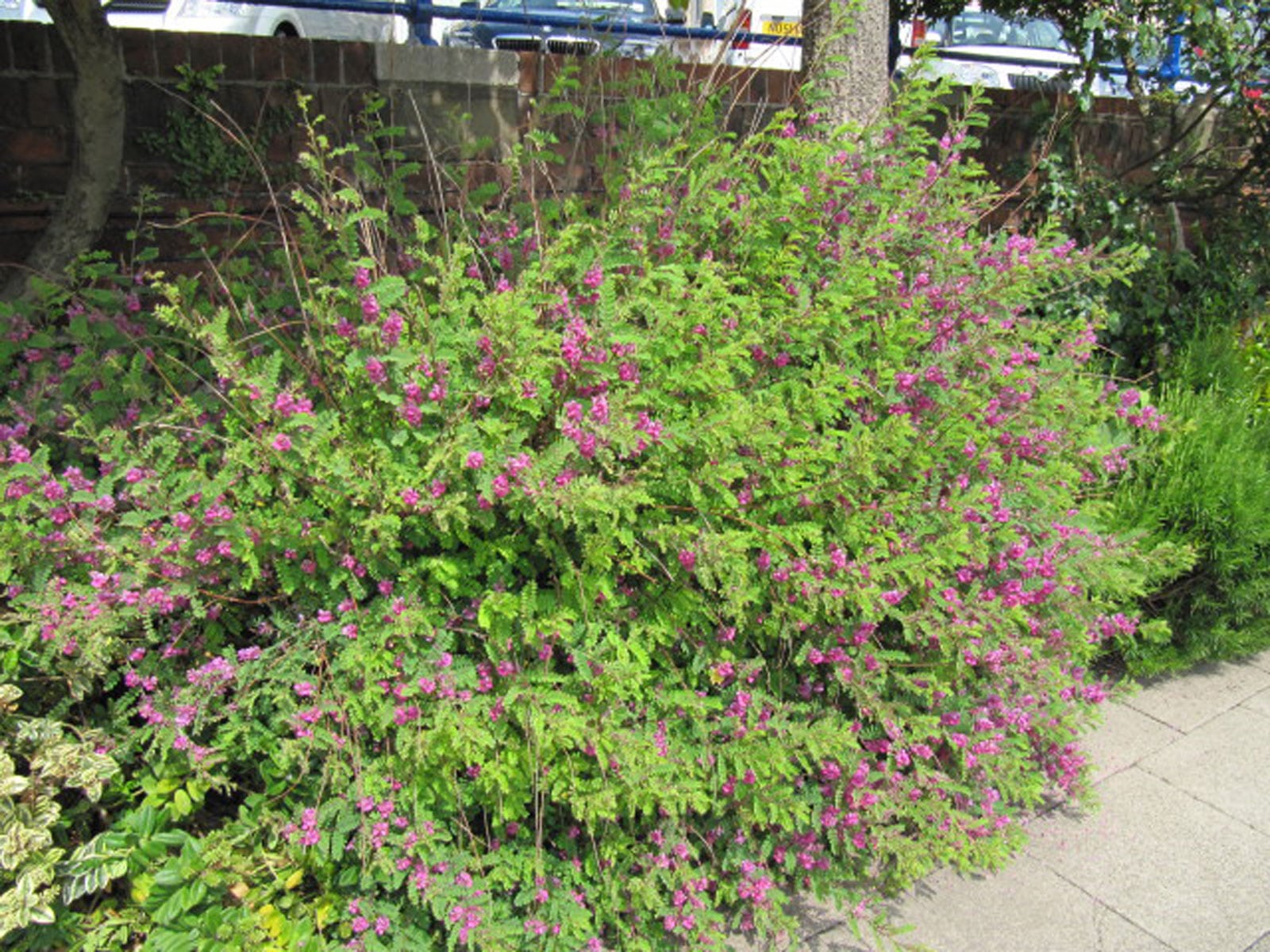 Watering Indigo Plants: Information On True Indigo Water Needs
Watering Indigo Plants: Information On True Indigo Water NeedsWhether you are growing indigo in your garden to make the dye or just to enjoy the pretty flowers and growth habit, indigo irrigation requirements are important to understand to help it thrive. This article will help with that. Click here for more information.
By Mary Ellen Ellis
-
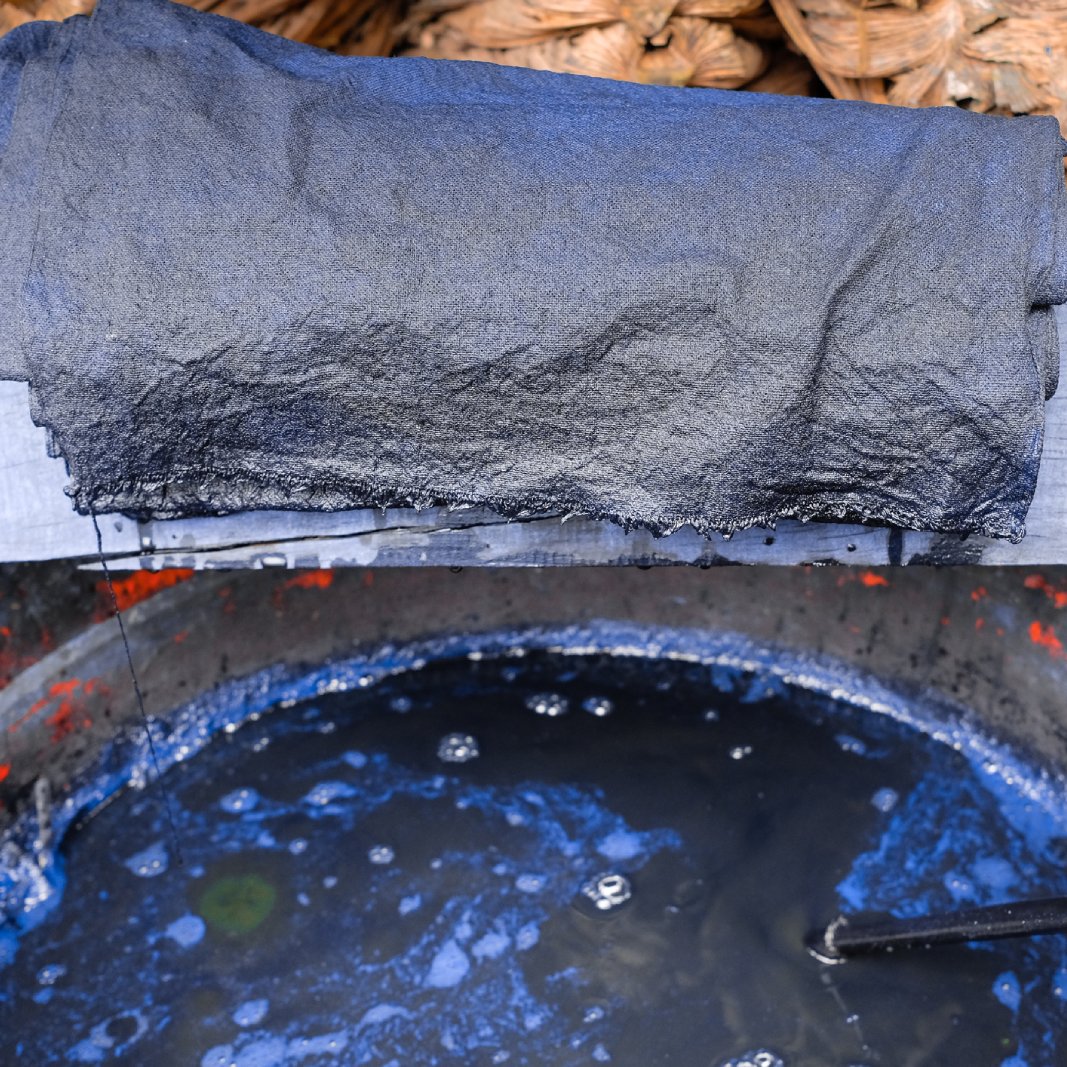 Indigo Dyeing Guide – How To Dye With Indigo Plants
Indigo Dyeing Guide – How To Dye With Indigo PlantsBy Bonnie L. Grant
-
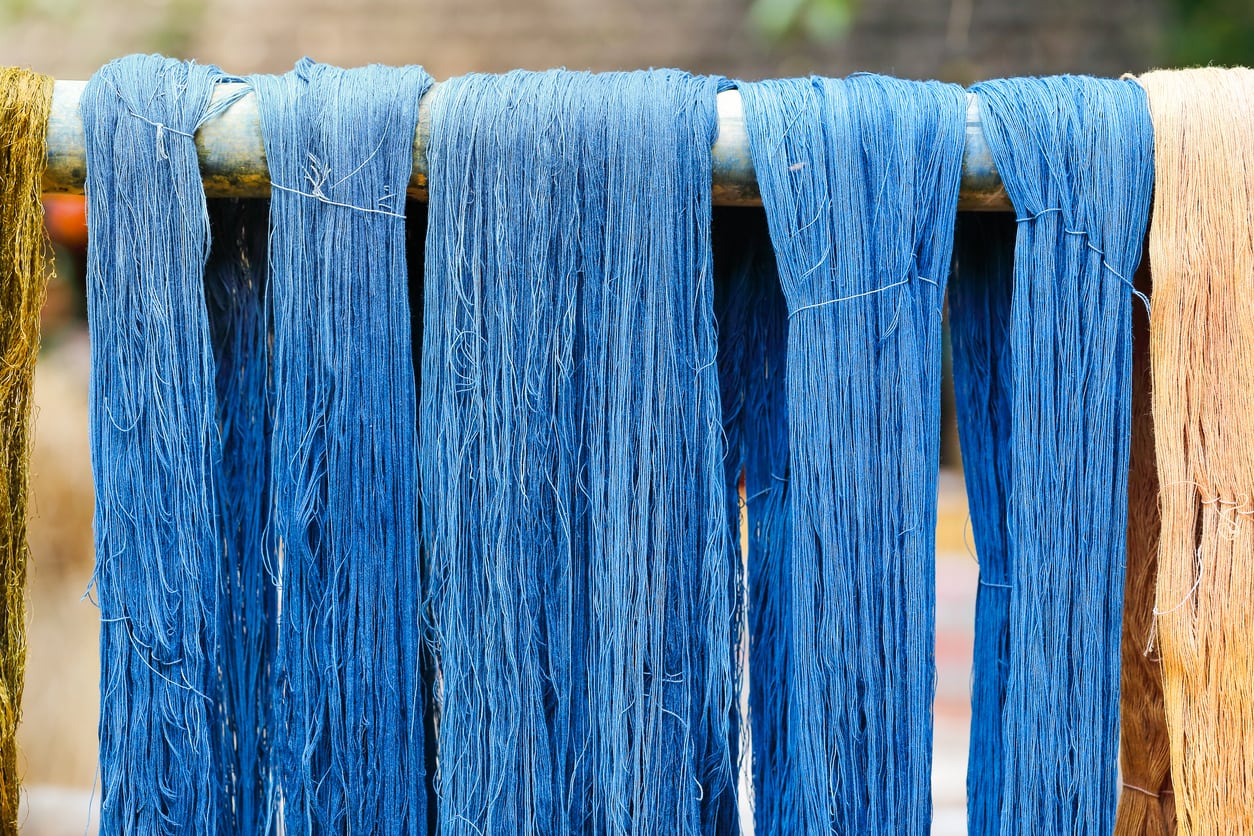 Dye From Indigo Plants: Learn About Making Indigo Dye
Dye From Indigo Plants: Learn About Making Indigo DyeUnlike other colors that could easily be obtained, blue remained a difficult color to recreate – until it was discovered that dye could be made from indigo plants. Making indigo dye, however, is no easy task. So, how do you make dye indigo plant dye? Learn more here.
By Amy Grant
-
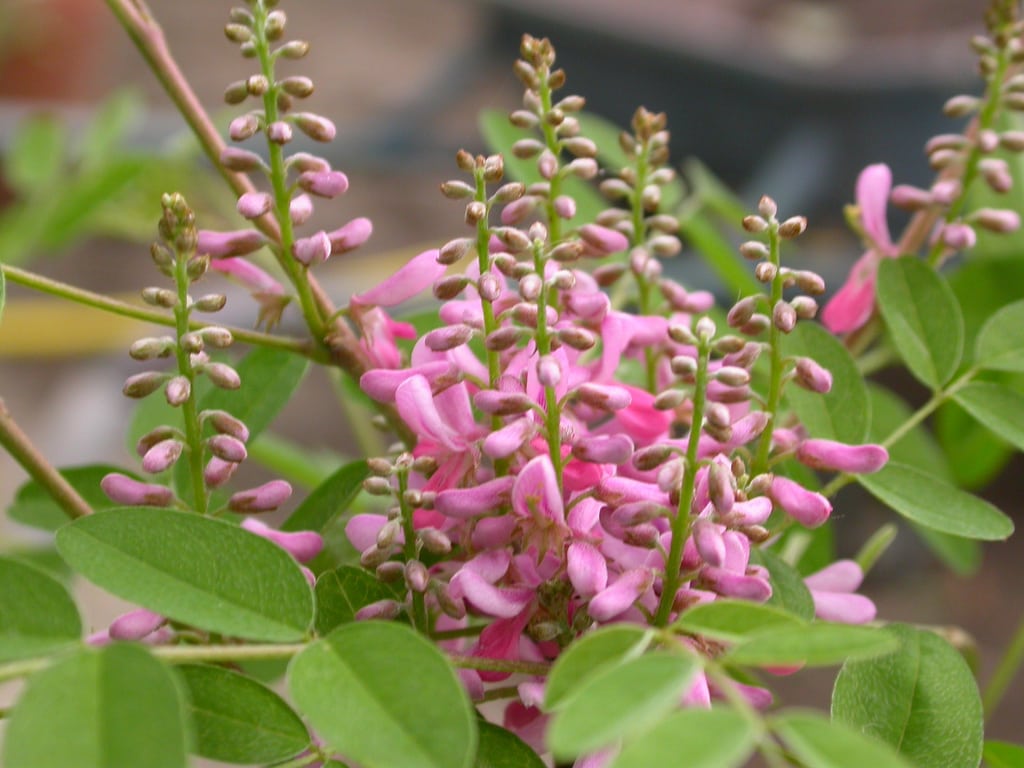 Indigo Plant Pruning – How To Prune Indigo Plants In The Garden
Indigo Plant Pruning – How To Prune Indigo Plants In The GardenGrowing indigo isn’t difficult as long as you can provide ample sunlight and warmth. However, pruning true indigo regularly keeps the plant healthy and attractive. Click here and we’ll explore indigo plant pruning and cutting back indigo.
By Mary H. Dyer
-
 Indigo Insect Pests – Dealing With Bugs That Eat Indigo
Indigo Insect Pests – Dealing With Bugs That Eat IndigoOne reason indigo plants have so easily spread globally is because there are very few bugs that eat indigo. Learn more about pests of indigo plants in this article and find out if control measures are necessary.
By Darcy Larum